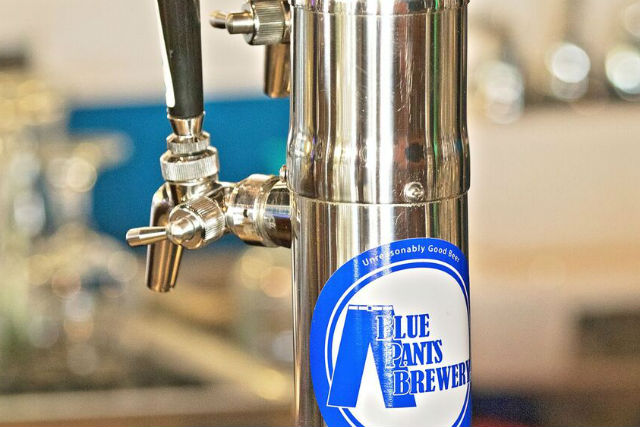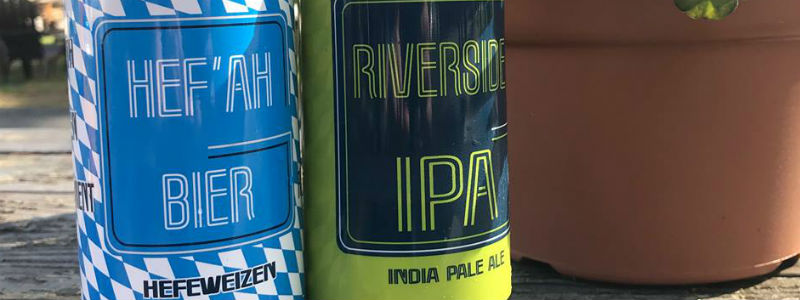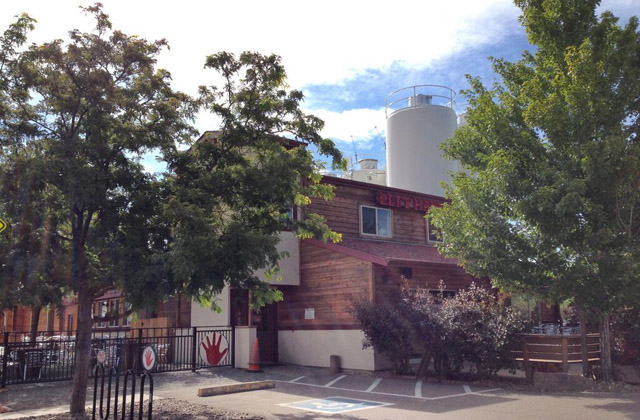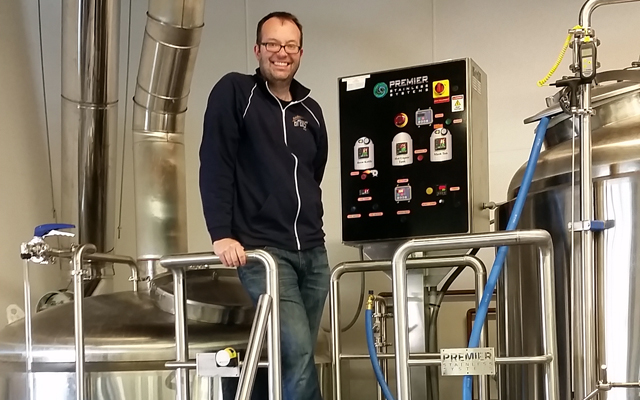
Experimentation, small-batch release or taproom speciality, when a brewery is able to buildout to add a pilot system, it opens the creativity door along with being able to cater to fans with new releases.
The timeline and process of a new product going to market is mostly dependent on whether a brewery can get the right ingredients and get them consistently, noted Blue Pants Brewery owner Mike Spratley.
“For instance, are the right hops going to be available to us so that we can produce this beer in large batch to package,” he questioned.
In the summer of 2017, Geary Brewing began to add new releases, including a IPA; a session IPA; Lager and a Hefeweizen.
Getting the Hefe to market took time.
Robin Lapoint, the brewery’s owner, said the pilot system on site allows for experimentation at a very small volume, just one barrel.
“We find [it] critical for trying new ideas or brewing techniques where the end result is really unknown,” she said. Geary brewer Pat Cairney selected five different known Hefeweizen yeast strains to ferment together and played with their flavor profile and a pitching rate before the beer was scaled up to the 24-barrel system.
“It took several months of pilot development, tasting panels, variable testing, involvement by our sales staff and test market before we knew what recipe we wanted to scale up with,” Lapoint said.
Geary’s pilot is basically used in two ways, intended for full-production, full-release product development, or as a one-time run just for fun.
At Geary, a brewer generates a new recipe idea and when there is an open spot on the pilot rotation — in-between product development — a new recipe gets brewed.
Recently, the Massachusetts brewery worked on two Lagers, a pre-prohibition American Lager that is historically correct to 1890 and a Mexican Lager that uses Wakatu hops to make the beer taste like a Mexican Lager. Lapoint said they hold tasting panels and refine the recipe as necessary for taste, and possibly, production.
“At this stage we may go thru 8-10 iterations of one recipe before releasing it to our tasting room for the next stage of development,” she explained.
It can take one or two test batches to get it where Angel City really wants, but sometimes Layton Cutler said the California brewery will need more like 4-5 batches to get what they really want.
“Almost all of our test batches will get poured in our Public House, where we can gauge how well it does, and from there we know if it can be successful out in the market,” Cutler said. “Rarely does a test batch completely miss its mark and we cannot release to the Public House. But we the brewers need to be happy with the results first.”
Unfortunately, there’s no time or money to make a beer that isn’t intended to go to market for Three Notch’d Brewing.
“At the end of the day, that’s where us brewers earn our paycheck,” explained the Virginia brewery’s president, Scot Roth. “Our most important skill is to make sure that even the never-done-before beers are designed properly, brewed properly, cellared properly and packaged properly.
“We also have a no-compromise quality control program where every single beer is tested for dissolved oxygen, beer-spoiling organisms and other flaws. Even if we’ve never brewed the beer before, we know it’s going to be very close to the original vision, it’s going to be clean and tasty. There may be a few small tweaks to the recipe or process for the second time around, but nothing more than adding perhaps one more pound of hops, or mashing in 1-2 degrees warmer or colder.”




Be the first to comment